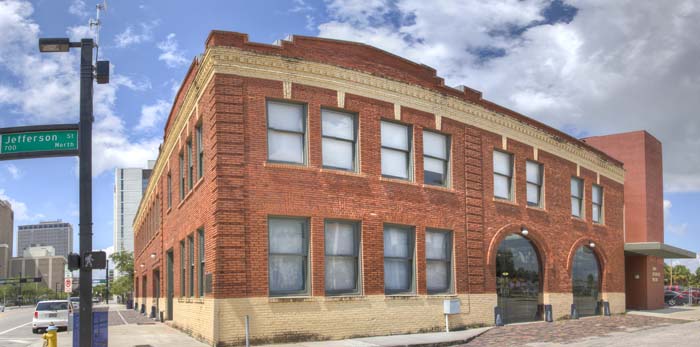
Hometown Heroes
Tampa Fire Rescue: Dedicated Service Since 1895
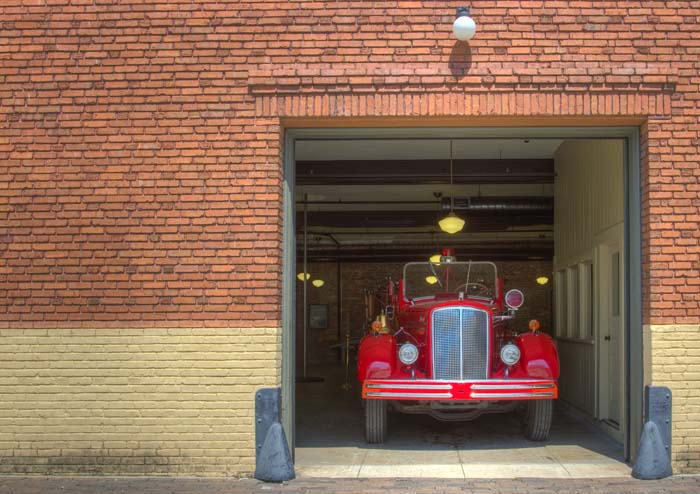
In the winter of 1884-85, a series of disastrous fires wiped out a portion of Tampa, undoubtedly raising the ire of locals who had advocated for a dependable water supply. Entrepreneur and overall successful businessman A.J. Knight heard their call and spearheaded a campaign that would bring Tampa its first water system and volunteer fire-fighting group. Hook & Ladder Company No. 1 was unveiled on June 2, 1884. The staff was equipped with 20 buckets, two scaling ladders and some axes.
Tampa Fire Rescue has grown exponentially since these humble beginnings. Today the city employs 622 uniformed firefighters, has about 20 fire engines, three marine fire/rescue vessels and more than a dozen EMS units spread across 23 stations.
Let’s examine the department’s evolution:
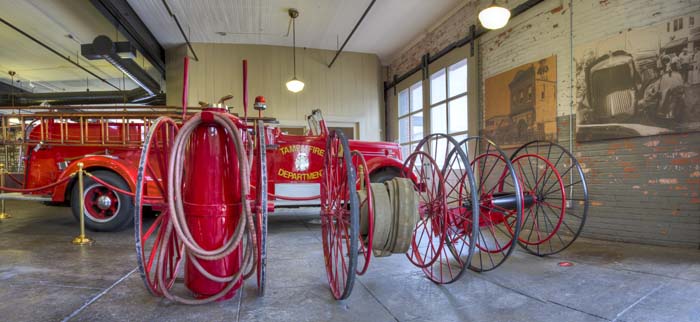
Then and Now
Even with the establishment of Hook & Ladder Company No. 1, fires continued to ravage the city. In 1886 a fire destroyed virtually all structures in Tampa on the block bounded by Franklin, Whiting, Tampa and Washington Streets. In 1887, another major fire wiped out 30 structures in a two block downtown area.
The fire company later disbanded and city council approved an ordinance authorizing and regulating a volunteer fire department in 1889 with A.J. Harris as acting chief. That same year, the city installed the Gamewell electric fire alarm system, which consisted of 15 street boxes and four bells placed across the city to help citizens communicate with the department during fires.
Of all Tampa neighborhoods, Ybor City was plagued with fire the most. In 1889, major fires consumed the Ybor City box factory, the Tampa Lumber Company, the Planing Mill Roundhouse and portions of the Tampa Street Railway. The firestorms exposed weaknesses in the local fire protection and pushed contractors to switch from wood frame constructions to brick.
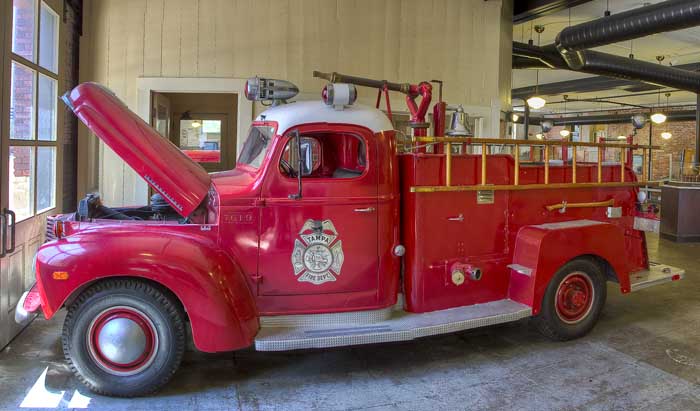
New Beginnings
Tampa’s fire department became official in 1895 when the city instituted its first paid fire rescue team. A.J. Harris led this group of 22 firefighters, which were equipped with five stations and an annual budget of $18,000. The following year, Chief Harris received two chiefs wagons, two single piston La France engines that could spray 400 gallons a minute, two double hose wagons, one third-size aerial truck, two small trucks, one supply wagon, new reels and extinguishers, new hose, 12 horses, 21 permanent paid employees, and 35 call men.
In 1908, the city experienced its worst fire yet. Once again, Ybor City was under fire when a wood shingle roof caught fire and spread through across a 55-acre, 15-block area. When it was the done, the fire had consumed 171 cottages, 42 two-story frame buildings, five cigar factories and five brick stores. The damage totaled more than $1 million.
Chief Matthews replaced Chief Harris years later and decided to move the fire headquarters from City Hall to Fire Station No. 1 at the corner of Zack and Jefferson Streets in 1911. The brick building today is the home to Tampa’s Firefighter Museum. In 1978, headquarters was moved across the street to its current location.
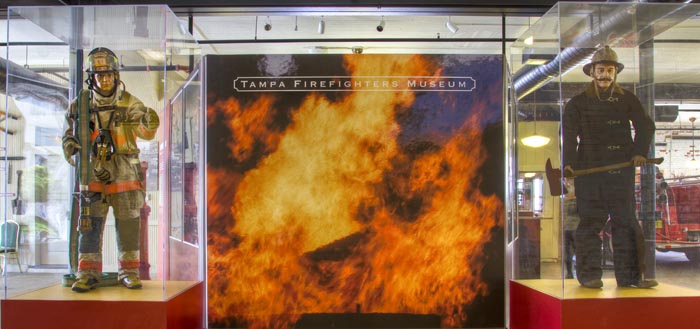
The city removed its call boxes in 1981 and a computer-aided dispatch system replaced the old plug-in switchboard and handwritten card system for recording alarms 1983. The current 911 call service was instituted in 1988.
The department built a HAZMAT team in 1988 that consisted of 18 firefighters, four bomb technicians and six paramedics. The team was trained to respond to the most extreme rescue and extrication incidents. It wasn’t until 1990 that the firefighters got their first enclosed cab, air-conditioned pump engines that would later replace all open-air fire trucks.
Today, Tampa Fire Rescue continues to grow and find better ways to service the community. From that first volunteer team in the late 1800s to the state-of-the-art department we entrust today, Tampa Fire Rescue proves to be one of the best departments in the south.
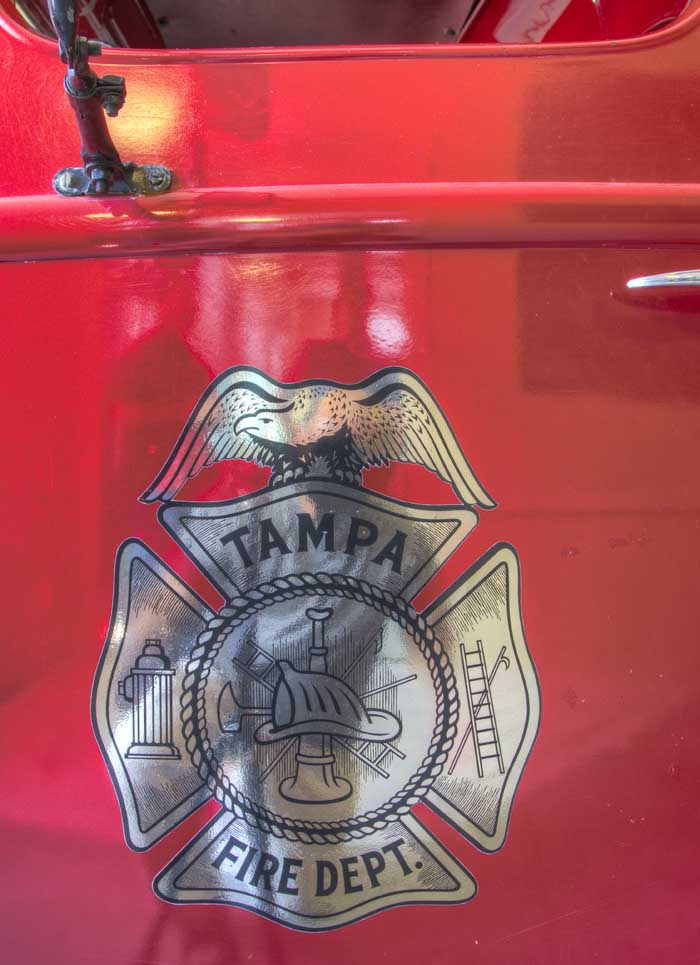
By the Numbers
1968: Robert Tucker becomes Tampa’s first black firefighter
24: The length in hours of a firefighter’s shift
3: The number of duty shifts (A, B & C)
1978: Mechy Kent Wright is the city’s first female firefighter
23: The number of fire stations in the city of Tampa
622: The number of uniformed firefighters staffed by the city
12,000: The number of gallons per minute pumped by the department’s 69-foot Metalcraft Marine vessel
$153,000: The cost of one ALS transport unit (the city has 14)
116: Amount of square miles Tampa Fire Rescue protects and serves
57,227: Number of medical assistance calls placed to the department in 2009
6: The maximum amount of minutes needed for a response time to a medical emergency